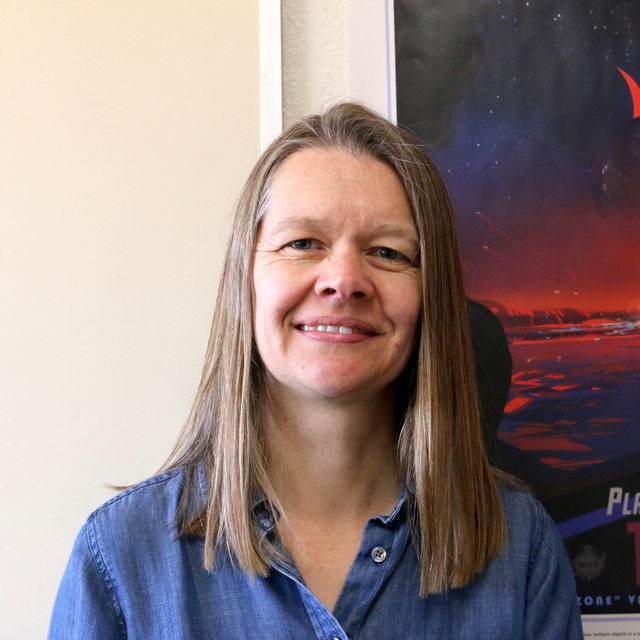August
2018
•
2018AJ....156...70D
Authors
•
Dressing, Courtney D.
•
Sinukoff, Evan
•
Fulton, Benjamin J.
•
Lopez, Eric D.
•
Beichman, Charles A.
•
Howard, Andrew W.
•
Knutson, Heather A.
•
Werner, Michael
•
Benneke, Björn
•
Crossfield, Ian J. M.
•
Isaacson, Howard
•
Krick, Jessica
•
Gorjian, Varoujan
•
Livingston, John
•
Petigura, Erik A.
•
Schlieder, Joshua E.
•
Akeson, Rachel L.
•
Batygin, Konstantin
•
Christiansen, Jessie L.
•
Ciardi, David R.
•
Crepp, Justin R.
•
Gonzales, Erica J.
•
Hardegree-Ullman, Kevin
•
Hirsch, Lea A.
•
Kosiarek, Molly
•
Weiss, Lauren M.
Abstract
•
K2-55b is a Neptune-sized planet orbiting a K7 dwarf with a radius of {0.715}-0.040+0.043 {R}⊙ , a mass of 0.688 ± 0.069 {M}⊙ , and an effective temperature of {4300}-100+107 K. Having characterized the host star using near-infrared spectra obtained at IRTF/SpeX, we observed a transit of K2-55b with Spitzer/Infrared Array Camera (IRAC) and confirmed the accuracy of the original K2 ephemeris for future follow-up transit observations. Performing a joint fit to the Spitzer/IRAC and K2 photometry, we found a planet radius of {4.41}-0.28+0.32 {R}\oplus , an orbital period of {2.84927265}-6.42× {10-6}+6.87× {10-6} days, and an equilibrium temperature of roughly 900 K. We then measured the planet mass by acquiring 12 radial velocity (RV) measurements of the system using the High Resolution Echelle Spectrometer on the 10 m Keck I Telescope. Our RV data set precisely constrains the mass of K2-55b to {43.13}-5.80+5.98 {M}\oplus , indicating that K2-55b has a bulk density of {2.8}-0.6+0.8 g cm-3 and can be modeled as a rocky planet capped by a modest H/He envelope (M envelope = 12 ± 3% M p ). K2-55b is denser than most similarly sized planets, raising the question of whether the high planetary bulk density of K2-55b could be attributed to the high metallicity of K2-55. The absence of a substantial volatile envelope despite the high mass of K2-55b poses a challenge to current theories of gas giant formation. We posit that K2-55b may have escaped runaway accretion by migration, late formation, or inefficient core accretion, or that K2-55b was stripped of its envelope by a late giant impact.
Some of the data presented herein were obtained at the W. M. Keck Observatory, which is operated as a scientific partnership among the California Institute of Technology, the University of California, and the National Aeronautics and Space Administration. The Observatory was made possible by the generous financial support of the W.M. Keck Foundation.
Links








